The Western Australian (WA) government has allocated $2.8 billion in the 2023-24 state budget announced today to ramp up new clean energy generation and storage capacity in a bid to ensure a stable and secure electricity supply in the state’s main grid as it transitions from coal-fired power to renewables.
As part of the funding package, the state government will invest $2.3 billion to deliver two new large-scale battery energy storage systems on the South West Interconnected System (SWIS).
This includes funding the construction of a 500 MW/2,000 MWh battery energy storage system near the coal town of Collie in the state’s southwest. While no confirmation has been provided about who will deliver the four-hour battery, the government said it is due to commence operations before the end of 2025.
The spend also includes funding to deliver a 200 MW/800 MWh battery energy storage system to be built at the site of the decommissioned Kwinana power station south of Perth. The government-owned energy generator and retailer Synergy will build the four-hour battery energy storage system alongside the 100 MW/200 MWh Kwinana battery that is currently working through its commissioning process.
WA Energy Minister Bill Johnston said the new battery storage will be an essential part of WA’s energy future, collecting excess energy from the state’s vast rooftop solar resources during the day, and releasing green energy when it is needed at peak times.
“Keeping the electricity grid reliable and secure remains the state government’s priority for energy,” he said. “This significant investment in battery storage in this budget will ensure new renewable generation is ‘firmed’ so electricity supply can always meet demand in an increasingly green grid.”
The new budget also includes $368 million for up to 210 MW of large-scale renewable energy generation projects, including Synergy’s 150 MW King’s Rock wind farm project near Hyden in the wheatbelt region, and a potential expansion of Bright Energy Investments’ existing 180 MW Warradarge Wind Farm near Eneabba north of Perth.
“The South West Interconnected System, our main electricity grid, is in the middle of a significant transformation: moving from a high-emissions, thermal generation base, to a low-emissions, renewable future,” Johnston said.
“The McGowan government’s significant investments in wind generation, storage and transmission infrastructure in this state budget are a critical step forward in that transition.”
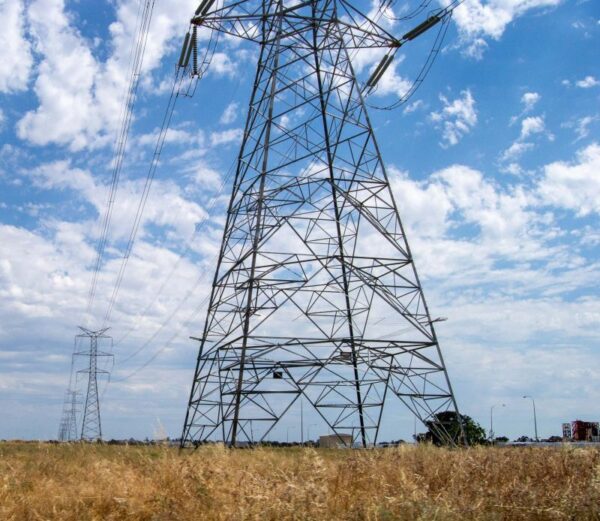
Image: Energy Policy WA
The budget release comes a day after Johnston announced a $126 million investment towards electricity network planning and transmission upgrades across the SWIS.
The funding announcement was made in conjunction with the release of the SWIS Demand Assessment report which found the SWIS may need around an additional 4,000 kilometres of new transmission lines and about 50 GW of new renewable electricity and storage infrastructure to support increased demand over the next 20 years.
“The SWIS Demand Assessment provides a vision of what the future grid might look like as industry seeks to decarbonise,” Johnston said.
The report anticipates an additional 7.2 GW of new industry electricity demand will occur in the SWIS by 2042 to supply an anticipated surge in demand for power from electrification, new green industries, critical minerals and renewable hydrogen.
Initial modelling indicates up to 51.1 GW of new generation and storage capacity – almost 10 times the amount of generation capacity currently on the SWIS – will be required to satisfy the forecast demand.
The report also indicates that investment in transmission infrastructure is essential, with the modelling indicating more than 4000km of new network could be required to connect industrial users with new renewable energy projects and unlock constrained areas of the SWIS.
Johnston said the funding commitment will allow regional utility Western Power to commence planning works in the northern, central, southern and eastern corridors of the SWIS, reflecting the highest anticipated growth areas.
The funding will support planning and purchase of long-lead items for initial upgrades in the north network, which is expected to see a boom in new energy projects, as well as upgrades in the east network.
“Transmission infrastructure is a critical enabler of our energy transition, being essential for connecting users with renewable energy resources,” Johnston said. “An expanded grid is the most cost-efficient way of supporting decarbonisation as it can reach further for wind and solar. The SWIS cannot rely on other electricity systems to support it, so having a strong transmission backbone is critical for reliable supply.”
This content is protected by copyright and may not be reused. If you want to cooperate with us and would like to reuse some of our content, please contact: editors@pv-magazine.com.
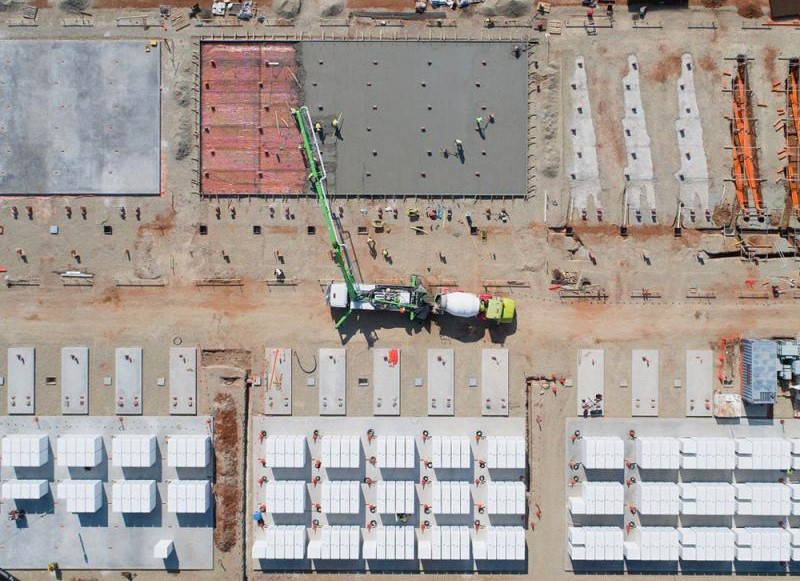




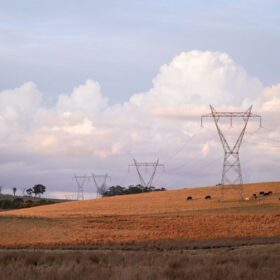
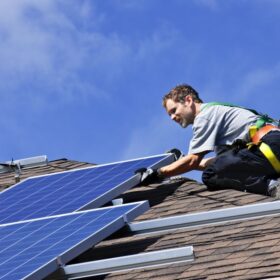
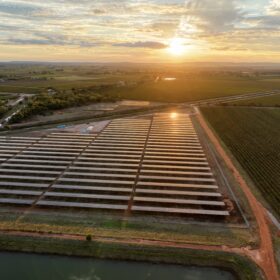
By submitting this form you agree to pv magazine using your data for the purposes of publishing your comment.
Your personal data will only be disclosed or otherwise transmitted to third parties for the purposes of spam filtering or if this is necessary for technical maintenance of the website. Any other transfer to third parties will not take place unless this is justified on the basis of applicable data protection regulations or if pv magazine is legally obliged to do so.
You may revoke this consent at any time with effect for the future, in which case your personal data will be deleted immediately. Otherwise, your data will be deleted if pv magazine has processed your request or the purpose of data storage is fulfilled.
Further information on data privacy can be found in our Data Protection Policy.